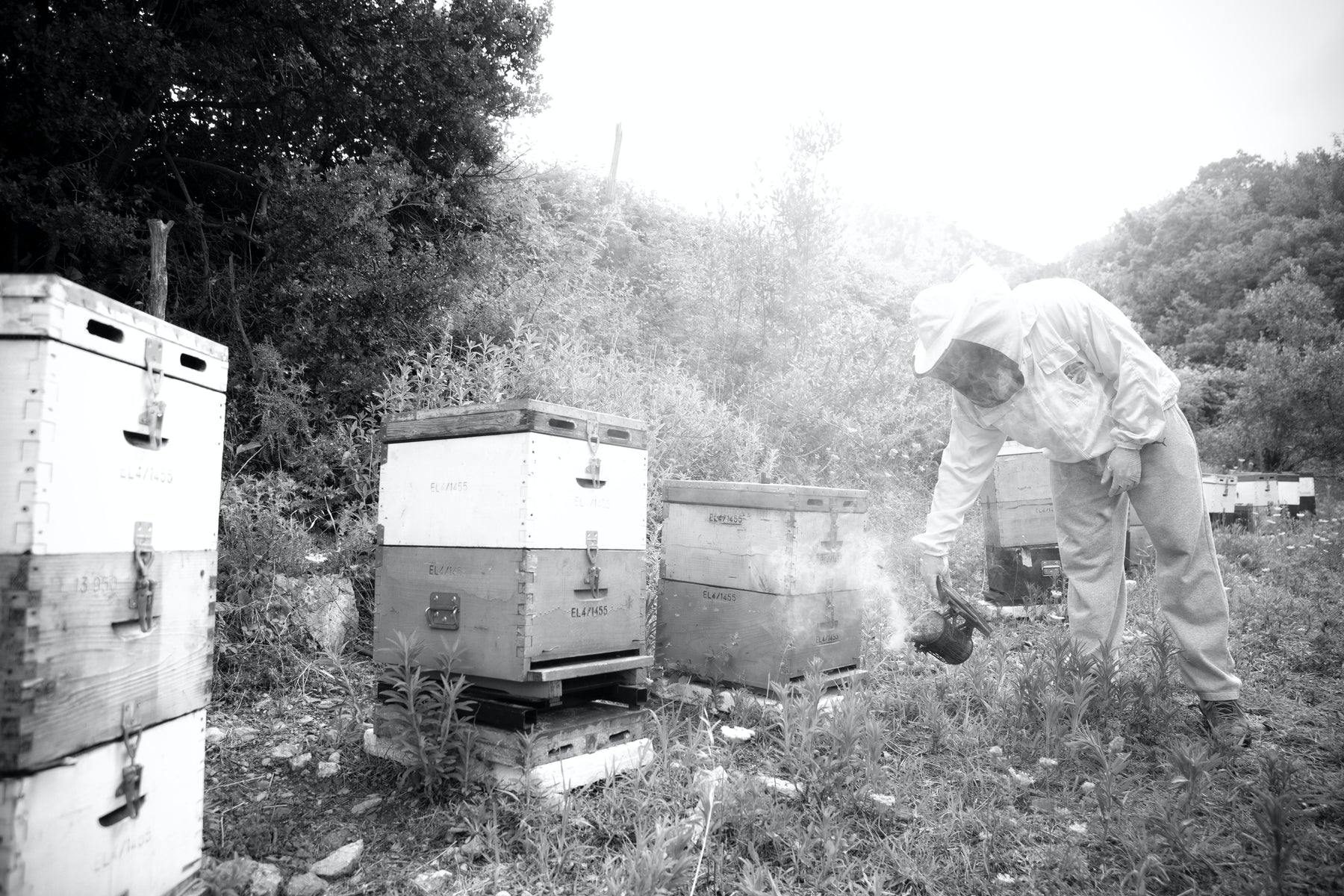
Fall Beekeeping- Part 2 | Can Bees Survive Winter Enough Honey to Make It Through?
Last blog post we began our discussion on fall beekeeping and what you'll need to do to prepare your hives for the winter months ahead. Today, we continue our fall beekeeping discussion and move a little deeper into this topic.
Does the Hive Have Enough Honey to Make It Through the Winter?
As you prepare to winterize your hives, you’ll perform one last brief inspection before “putting your bees to bed for the winter.” One of the things you’ll need to look at is the amount of honey the bees have stored in the hive. And, you'll ask yourself the question all beekeepers ask, “Is the honey that remains in your hive enough to allow the bees to make it through the winter?”
It’s difficult to ascertain the answer to this common question. Many factors come into play when trying to determine the amount of honey needed by your colony. In fact, an educated guess is about the best anyone can do. A couple of factors that help to make this determination include – how long your winter lasts and the genetics of your bees.
For example, if your winter drags on for 5-6 months, your hive will need more honey than a hive located in Florida where temperatures often remain warm and mild. If this is your first winter or you are unsure, it’s best to talk to local beekeepers in your region to determine how much honey your bees should need to make it through the cold winter months ahead.
If you live in South Carolina, for example ... in addition to any honey stored in the brood box, each of your hives will need at least one shallow super full of honey (40-50 pounds of honey) to make it through the cold months ahead.
If you live in an area that is colder, your colony will require more. If you live in a region where temperatures are milder and food sources are more readily available, your colony will require less. Again, talk to local beekeepers to determine what is best for your colony.
Generally, each beehive in the United States requires between fifty to one hundred pounds of stored honey to make it through the winter. The colder your temps, the more likely your bees will need a full one hundred pounds of honey to survive.
Measuring Stored Honey
When doing a quick inspection, you can “guesstimate” the amount of honey that exists in the hive.
On average, a medium frame filled with honey on both sides can hold between four and five pounds of honey. A shallow frame holds slightly less than this. A deep frame that is filled with honey on both sides holds approximately eight pounds of honey.
Using this information, you should be able to come up with a good guesstimate of the amount of honey stores that remain in your hive. If the honey stores fall short, you’ll need to do supplemental feeding to make sure your bees survive.
General Question About Bees Survive Winter
~
Join us next time when we’ll discuss supplemental feeding, both in the fall and during the winter. Fall feeding can go a long way towards saving colonies that are on the edge.



Leave a comment